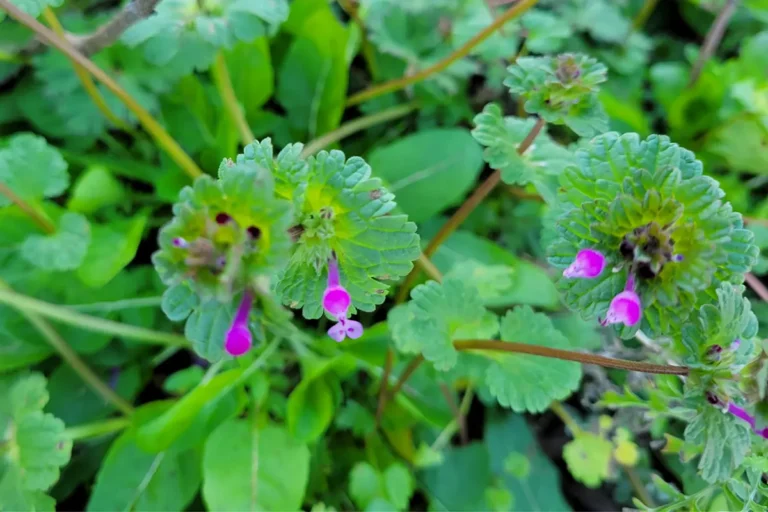“It’s time to mow the grass.” This was one of the most dreaded statements of my young life. Our acre-and-a-half lawn loomed, a seemingly unending expanse of a green enemy that required regular haircuts. Even with a self-powered lawn mower, the process required several hours of sweaty, unfulfilling work.
We never bagged the grass clippings. Instead, they lay where they fell. In a day or two, the clippings disappeared. Wondering where those clipping went never occurred to me. I was just glad that we didn’t have to empty heavy grass catchers.
The ground beneath the lawn was full of earthworms. Just throw a pan of soapy water on the lawn, wait a few minutes, and collect enough worms to catch a mess of perch from our pond. I didn’t make the connection between the earthworms, the lush green grass, and the disappearing grass clippings. Nor did we understand the part they played in the enormous ecosystem that lived under our very feet.
Charles Darwin, almost a century and a half ago, did understand. His book, “Earthworms”, published in 1881, was the result of years of study into these seemingly insignificant creatures. In his manuscript he noted “It may be doubted whether there are as many other animals which have played so important a part in the history of the world, as have these lowly organized creatures.”
It wasn’t until I read this study that I realized that earthworms were the major reason that the grass clippings were disappearing. At night, they emerge from the earth and pull the clippings down into the soil, where they eat and digest them. The bacteria in the worms’ digestive tract breaks down and inoculates the material with beneficial bacteria. This then passes into the soil.
The bacteria then join untold millions of other bacteria, protozoans, microscopic insects and fungi to convert the soil into a rich mélange, which in turn, provides nutrients to the grass (and other plants).
Had I understood this process when I was mowing the lawn, the odious chore would have turned miraculously into an interesting and fulfilling science experiment. University research now confirms that children who understand this relationship develop important skills and healthy qualities.
Involving youngsters in the relationship between healthy soils and plants, including lawns, vegetable gardens and flower gardening, instills healthy qualities.
- Knowledge of this unseen world instills a real sense of accomplishment and responsible attitudes.
- Delving into the way plants and soil interact increases skills such as problem solving and nurturing.
- Understanding this allows them to understand and accept delayed gratification, failure and success.
- The attitudes it instills helps them increase their abilities in science, art, reading and social studies.
- Involvement in these disciplines helps develop interaction between parents and children.
- It encourages the development of positive relationships.
- It expands their understanding of a work ethic.
And, who knows. It might even encourage them to gripe less when they have to cut the grass or eat their vegetables.



